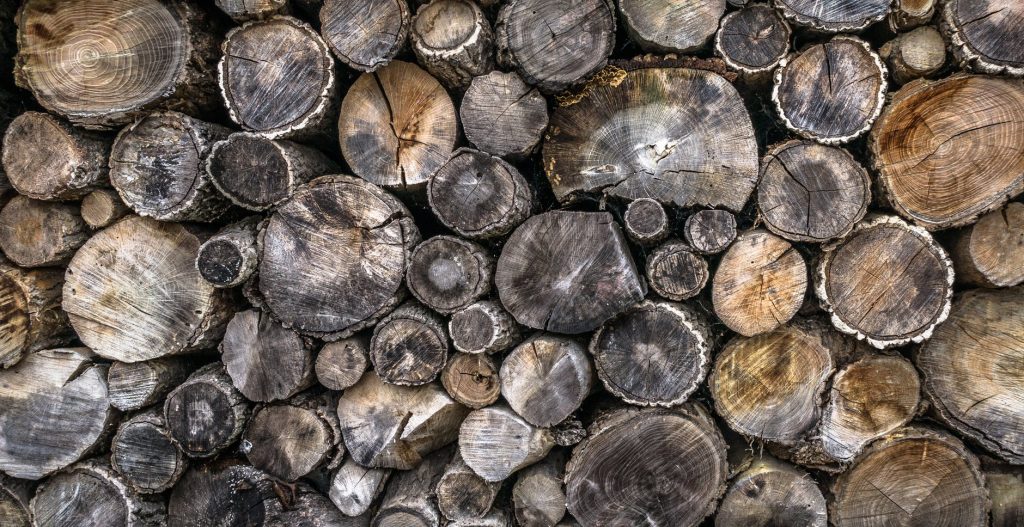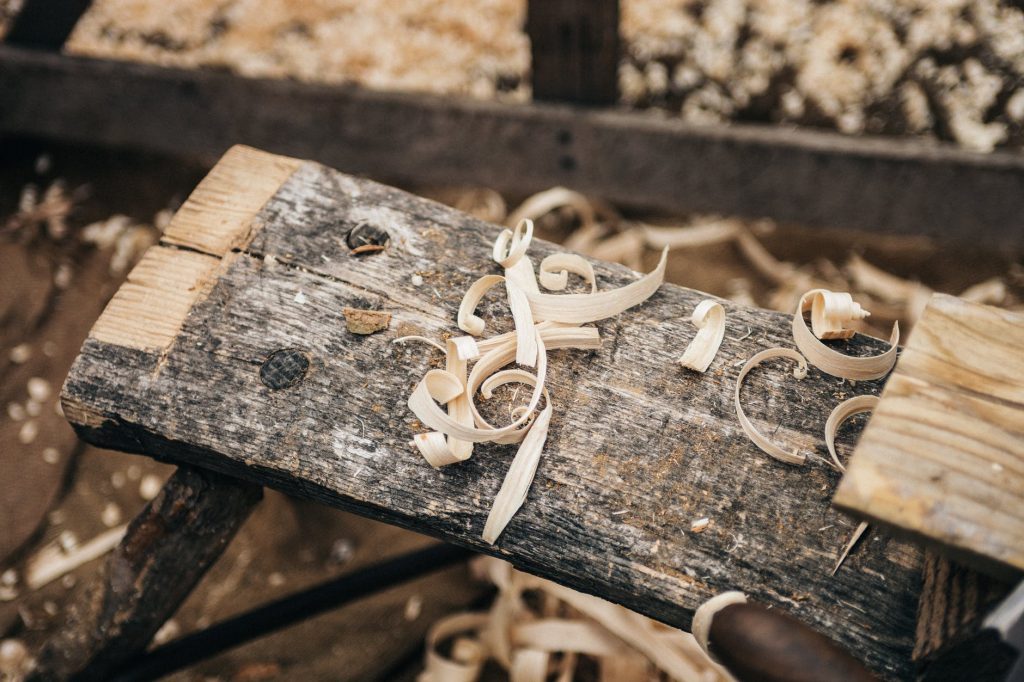
The expression “Cladding” refers to weathered or dressed boards that form a part of the outside wall covering, whose function includes keeping weather from a structure. It’s generated in a number of decorative profiles like rusticated, shiplap, log cabin and splayed. The names of the several profiles frequently differ from State to State (for example, in some areas, the terms cladding and weatherboard are synonymous but in other areas, weatherboard is a particular profile). Like many building products, timber cladding has both benefits and constraints. This article will cover general informations about these timber claddings to give you a basic idea for
Advantages of wood cladding:
- It’s a history of effective use and functionality.
- It is relatively simple to fix to the supporting framework.
- It has good impact resistance.
- It accepts a variety of stain and paint finishes.
- It’s available in a variety of profiles.
- It may be machined from a range of species but the most common species used today is radiata pine sourced from managed plantations.
- When adjusted to the supporting framework properly, it may accommodate movement resulting from moisture uptake or loss due to normal seasonal changes.
- It can be maintained by the homeowner.
Limitations of timber cladding:
- Fixing into the supporting framework can be slower than that of sheet materials. Short cuts can lead to a shortening of support life.
- A level of skill is required for corners and joints.
- Timber may be subject to dimensional motion with changes in moisture content. Proper adjusting into the supporting framework will accommodate normal seasonal fluctuations.
- Routine maintenance is required.
- Some boards may be subject to resin bleed which may spoil the final appearance. Remedies are available
- The end grain requires sealing to reduce moisture uptake.

Successful use of timber cladding requires:
- Choice of sufficiently durable wood.
- Choice of proper corner mouldings, flashings and the like.
- Proper adjusting to the supporting framework and proper detailing.
- A complete that minimises pressure on the wood. A light coloured end (i.e. paint or stain) is advised.
- An understanding by the building owner that the cladding will need periodic maintenance to maintain its physical appearance.
Inadequate performance of wood cladding usually results from one or more of:
- Poor design and/or detailing.
- Utilization of lower quality timber.
- Poor workmanship and incorrect fixing to the supporting framework.
- Dark coloured finish (i.e. paint)
- Insufficient allowance for wood motion.
- End grain and onsite reductions not being sealed.
- Insufficient provision to prevent moisture being trapped behind the cladding.
Maintenance for timber claddings
The long term operation of wooden cladding is dependent on regular and efficient maintenance. The frequency of maintenance will depend on the type of paint used and the level of vulnerability to the weather. The re-coating and some further preparations should be carried out in accordance with the paint manufacturer’s guidelines. Prior to re-coating, the architectural cladding ought to be cleaned and the joints resealed where required.
Safe Working Procedure
Personal Protection Equipment should be worn to shield of their eyes, mouth, nose and hands when sanding, sawing or planing wood or wood products. Refer to tool producer’s protected working recommendations for certain items of equipment.
Disposal of Offcuts and Waste
Do not burn off cuts or sawdust out of any preservative treated lumber. Such offcuts and sawdust ought to be disposed of by approved local power procedures.
Preservative Guarantee
To maintain the limited guarantee provided by preservative suppliers details of interest to the products used on the project must be kept. For example: finish tags, evidence of purchase. Assess with supplier to ensure all essential details are completed.